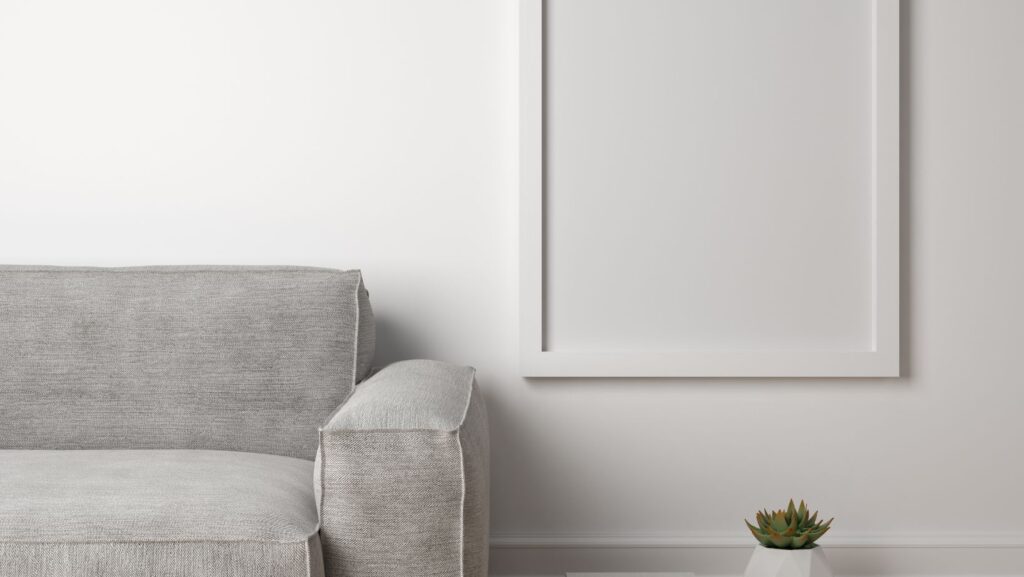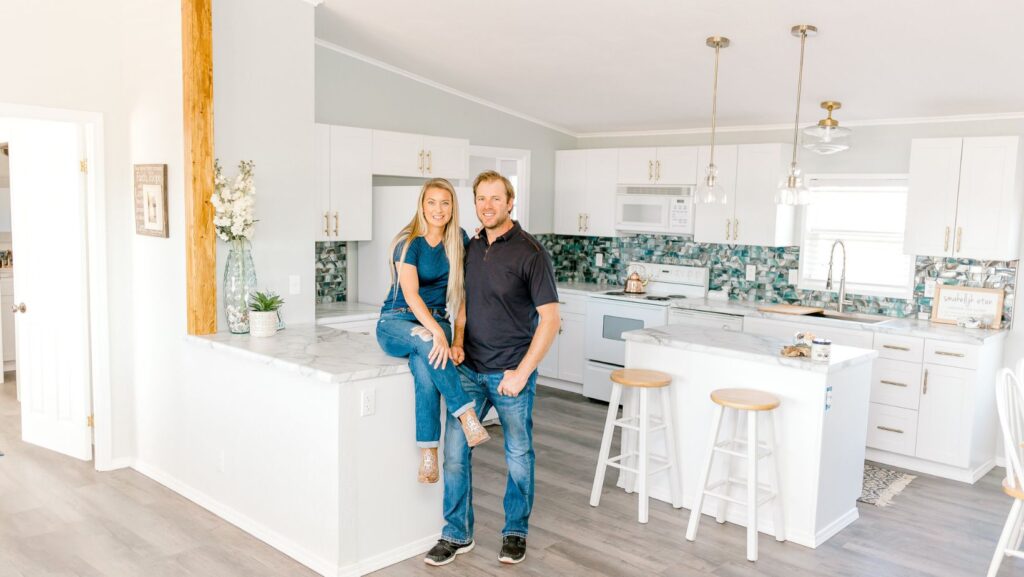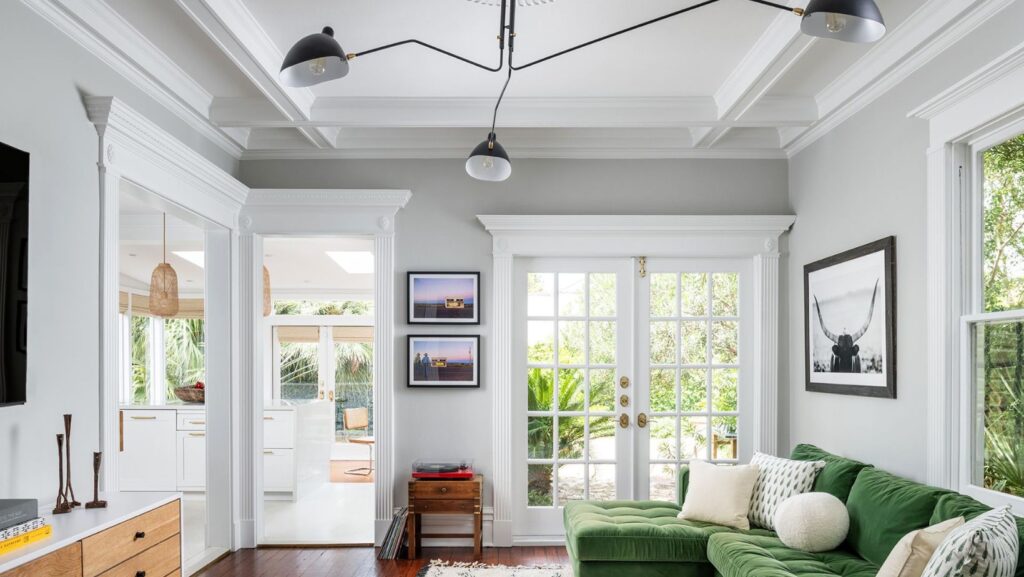Refinishing is a comprehensive process aimed at restoring the luster and beauty of hardwood floors. Typically, refinishing is recommended for older floors that have been subjected to years of heavy use. Over time, floors can develop unsightly marks and lose their sheen. Refinishing addresses these issues by providing a fresh start. The process allows you to change the color of your floors if desired, offering a new aesthetic to complement your home’s decor. However, it requires more time and effort compared to other methods, as it involves multiple stages and considerable labor.
The Screening and Recoating Process Explained
Screening and recoating is a less invasive method than refinishing, designed to refresh the appearance of your floors without the need for extensive sanding. This process involves lightly abrading the existing finish with a floor buffer, followed by the application of a new coat of finish. It’s a quicker and more straightforward way to maintain the look of your floors, ideal for surfaces that need a little sprucing up rather than a complete overhaul.
The primary advantage of screening and recoating is its ability to extend the life of your floors without the disruption and expense associated with refinishing. This method is perfect for floors that have minor scratches, dullness, or slight wear. A new layer of finish protects the wood from damage and enhances its appearance, and it keeps your floors fresh and vibrant — an ideal choice for Cincinnati hardwood floor refinishing projects.
It’s important to note that screening and recoating is not suitable for floors with deep scratches or significant damage. This process is best for floors that are in relatively good condition but require a new finish to maintain their appeal. Regular maintenance through screening and recoating can significantly prolong the lifespan of your floors, making it a smart choice for homeowners looking to preserve their investment.
Key Differences Between Refinishing and Screening
When comparing refinishing and screening, several key differences emerge that can help you decide which method is more suitable for your flooring needs. The most significant distinction is the level of intervention involved; refinishing is a more intensive process, whereas screening is a less disruptive maintenance technique.
Refinishing involves sanding down the floors to bare wood, allowing for the removal of all surface imperfections. This comprehensive approach is ideal for addressing severe damage, but it requires more time, effort, and cost. On the other hand, screening does not remove the existing finish; instead, it lightly abrades the surface to prepare it for a new coat of finish. This makes screening a faster and less expensive option for maintaining the floors’ appearance.
Another difference lies in the outcomes of each method. Refinishing offers the opportunity to completely change the color and finish of your floors, providing a fresh, new look. Screening, however, maintains the existing look of your floors while enhancing their protection and shine. Understanding these differences can help you make an informed decision based on the condition of your floors and your desired outcome.
Pros and Cons of Refinishing Your Floors
Pros:
- Complete Overhaul: Refinishing provides a full transformation, allowing you to remove all surface damage and choose a new color or finish.
- Longevity: This method can significantly extend the lifespan of your floors by addressing underlying issues and restoring their original beauty.
- Value Addition: Refinishing can increase the value of your home by enhancing the visual appeal and durability of your floors.
Cons:
- Time-Consuming: The process requires several days to complete, including sanding, staining, and drying times.
- Costly: Refinishing involves more labor and materials, making it a more expensive option compared to screening.
- Inconvenience: The intensive process can be disruptive to your home life during the work period.
Refinishing is an excellent choice for those willing to invest time and money into restoring their floors to a like-new condition. However, you should weigh these benefits against the potential downsides, considering your lifestyle needs and budget constraints.

Advantages of Screening and Recoating
Advantages:
- Quick and Efficient: Screening and recoating can be completed in a shorter timeframe, minimizing disruption to your household.
- Cost-Effective: This method is generally more affordable than refinishing, offering a budget-friendly solution to floor maintenance.
- Preservation: By regularly maintaining the finish, you can prevent damage and extend the life of your floors without the need for a complete overhaul.
Screening and recoating is an attractive option for those looking to maintain their floors with minimal hassle. It’s ideal for busy homeowners who want to keep their floors looking great without the need for significant intervention. This method supports a proactive approach to floor care, ensuring that your investment remains protected and visually appealing over time.
Factors to Consider When Choosing a Method
When deciding between refinishing and screening, several factors should be evaluated to ensure the best choice for your flooring needs. Understanding these elements will help you align your decision with both your immediate and long-term goals.
- Condition of Floors: Assess the current state of your floors. Refinishing is suitable for floors with deep scratches or significant wear, while screening is best for minor imperfections.
- Budget: Consider your financial situation. Refinishing is more expensive due to the labor-intensive nature of the work, whereas screening offers a more economical option.
- Time Availability: Reflect on your schedule and tolerance for disruption. Refinishing takes longer and may require you to vacate your home temporarily, while screening is quicker and less invasive.
Each approach offers unique benefits and challenges, so understanding your priorities is crucial to making the right decision.
Cost Comparison: Refinishing vs Screening and Recoating
The cost of refinishing and screening varies considerably, influenced by factors such as labor, materials, and the extent of the work required. Understanding these differences can help you budget accordingly and choose the most cost-effective solution for your floors.
| Method | Average Cost (per sq ft) | Time Required |
| Refinishing | $3 – $8 | 3 – 7 days |
| Screening and Recoating | $1 – $3 | 1 – 3 days |
Refinishing involves higher costs due to the comprehensive nature of the process, which includes sanding, staining, and applying multiple coats of finish. On the other hand, screening and recoating is more affordable, as it requires less labor and fewer materials. However, the long-term benefits of each method should also be considered, as refinishing can add more value to your home.
Summary
Deciding between refinishing and screening and recoating depends largely on the condition of your floors, your budget, and your personal preferences. Refinishing offers a complete makeover, ideal for floors with significant damage or for homeowners looking to change the color or finish. Screening and recoating, however, provides a quick and cost-effective way to maintain and protect your floors, suitable for those with less severe wear.



